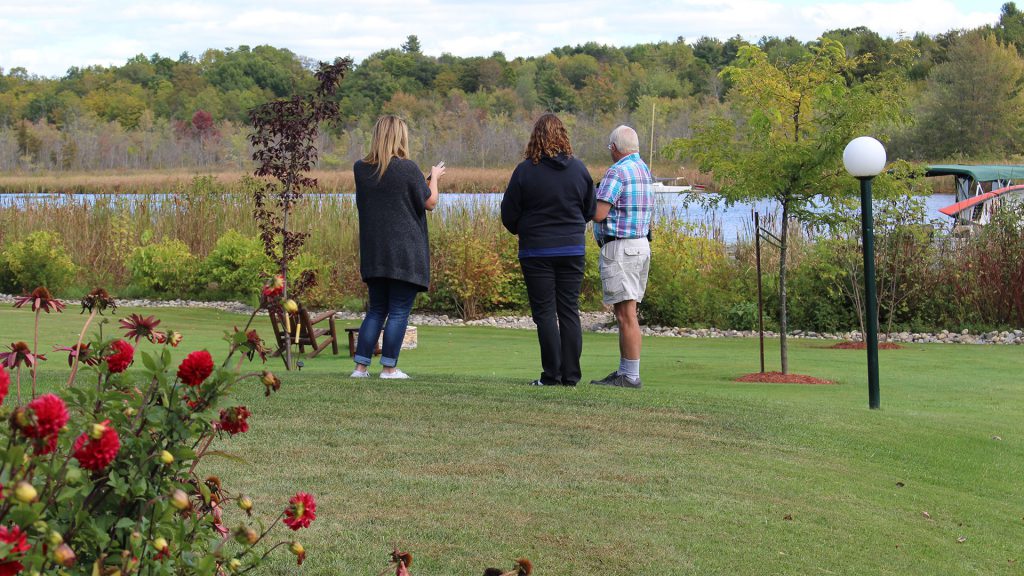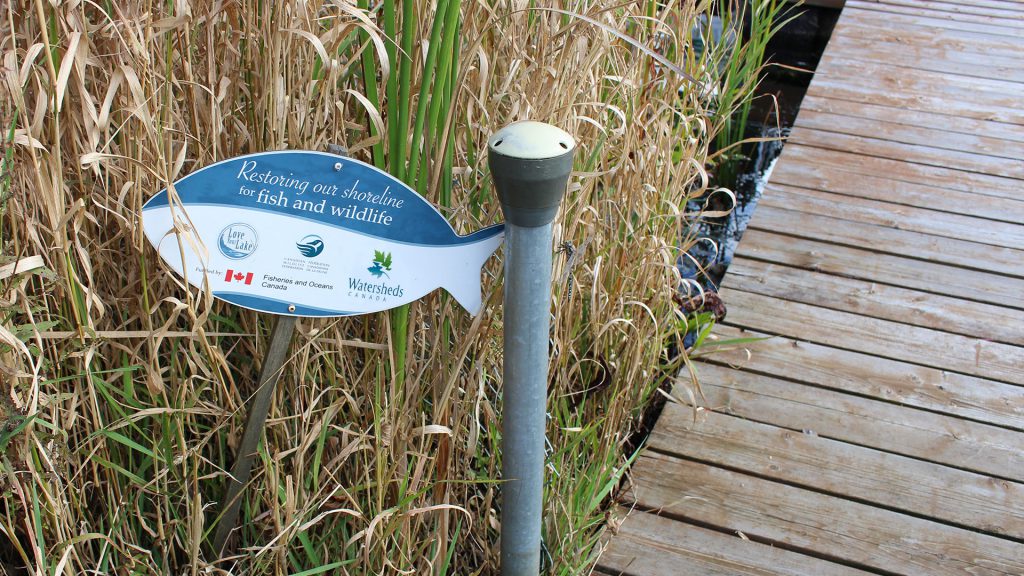Many of us who have a shoreline property are increasingly becoming concerned about algal blooms. And for good reason! The number of lakes in North America that have algal blooms is increasing, and so, it seems, is their intensity. The main culprit is an increase in phosphorus. The presence of phosphorus is the leading cause of the growth of algae blooms.
Phosphorus occurs naturally and in the appropriate amounts isn’t cause for concern, in fact it’s needed for plant and animal life. Algae also occurs naturally in lakes and is an important food source for invertebrates and provides cover for fish. When everything is in balance, no harm is done.
However, when too much phosphorus gets into our lakes, we need to worry!
Add the following elements and we have the recipe for an algal bloom:
- Increased Nitrogen
- Other Inputs from Lawn Fertilizers
- Leaching Septic Systems
- Agriculture Runoff and Wastewater Effluents
- Warm Water Temperatures
- Shallow Water
- Slow Moving Water
Increased nutrient levels causes blue-green algae to quickly multiply and large numbers can collect at the surface of the lake. But they don’t just appear at the surface. Blooms can occur at various depths as algae adjusts their buoyancy and moves towards nutrients and light. They are often blue-green in colour and can look like pea soup or turquoise paint forming foam, mats, scum, even in small balls and clumps. And they smell! Fresh blooms smell like freshly mowed grass whereas older blooms can smell like rotting garbage.
How Long Do They Last?
The peak season for algal blooms is late summer and early fall. How long they last really depends on a number of factors, including wave action. Most times they are short lived and can dissipate within days or a couple of weeks. To be sure of water quality for your family or your pets, you should contact your local health office or provincial government office that manages water.
Should We Be Concerned about Algal Blooms?
Steps to Prevent Blue-Green Algal Blooms
Check septic systems to make sure they are working properly.
Keep livestock away from the water.
Shoreline properties should maintain a vegetative buffer to trap and filter nutrients from runoff.
Limit your use of synthetic fertilizers.
Use phosphate-free products.
Join our community
Stay up-to-date on the Love Your Lake program by receiving free updates on Canada’s lakes and rivers.
Program co-ordinated by:


Funding Partners:






